Difference between Kawasaki Disease and the Multisystem Inflammatory Syndrome in Children
DOI: 10.23977/medsc.2024.050324 | Downloads: 15 | Views: 968
Author(s)
Han Hongwu 1, Zhang Weihua 2
Affiliation(s)
1 Shaanxi University of Chinese Medicine, Xianyang, Shaanxi, 712046, China
2 Affiliated Rainbow Hospital of Shaanxi University of Chinese Medicine, Xianyang, Shaanxi, 712046, China
Corresponding Author
Zhang WeihuaABSTRACT
Multisystem Inflammatory Syndrome in Children (MIS-C) is a disease associated with Severe Acute Respiratory Syndrome-Associated Coronavirus (SARS-CoV-2) infection and is characterized by multiple systemic involvement such as fever, cardiovascular damage, skin and mucosal changes, and digestive system symptoms. Its clinical characteristics are similar to Kawasaki disease (KD). According to the latest case reports and research progress, this paper introduces the differences between MIS-C and KD, in order to improve the ability of clinical pediatricians to identify MIS-C.
KEYWORDS
Kawasaki disease; Multi-system inflammatory response syndrome; ChildrenCITE THIS PAPER
Han Hongwu, Zhang Weihua, Difference between Kawasaki Disease and the Multisystem Inflammatory Syndrome in Children. MEDS Clinical Medicine (2024) Vol. 5: 159-165. DOI: http://dx.doi.org/10.23977/medsc.2024.050324.
REFERENCES
[1] Ladhani S N, Amin-Chowdhury Z, Davies H G, et al. COVID-19 in children: analysis of the first pandemic peak in England[J]. Arch Dis Child, 2020, 105(12):1180-1185.
[2] Bialek S, Gierke R, Hughes M, et al. Coronavirus Disease 2019 in Children - United States, February 12-April 2, 2020[J]. MMWR Morb Mortal Wkly Rep, 2020, 69(14):422-426.
[3] Parri N, Lenge M, Buonsenso D. Children with Covid-19 in pediatric emergency departments in Italy[J]. New England Journal of Medicine, 2020, 383(2):187-190.
[4] Wessels P A, Bingler M A. A comparison of Kawasaki Disease and multisystem inflammatory syndrome in children[J]. Prog Pediatr Cardiol, 2022, 65:101516.
[5] Törün S H, Çiftdoğan D Y, Kara A. Multisystem inflammatory syndrome in children[J]. Turkish journal of medical sciences, 2021, 51(7):3273-3283.
[6] Holstein B. Multisystem inflammatory syndrome in children[J]. The Journal for Nurse Practitioners, 2021, 17(8):941-945.
[7] Patel J M. Multisystem inflammatory syndrome in children (MIS-C)[J]. Current Allergy and Asthma Reports, 2022, 22(5):53-60.
[8] Marsaud C, Koné-Paut I. Maladie de Kawasaki[J]. Journal de Pédiatrie et de Puériculture, 2018, 31(5):225-234.
[9] Gehrmann A, Morwood K, Gillis D, et al. A case of adult-onset Kawasaki disease[J]. Med J Aust, 2018, 208(6):250-251.
[10] Lee M, Liu Y, Tsai C, et al. Similarities and differences between COVID-19-related multisystem inflammatory syndrome in children and Kawasaki disease [J]. Frontiers in Pediatrics, 2021, 9:640118.
[11] McCrindle B W, Rowley A H, Newburger J W, et al. Diagnosis, Treatment, and Long-Term Management of Kawasaki Disease: A Scientific Statement for Health Professionals From the American Heart Association[J]. Circulation, 2017, 135(17):e927-e999.
[12] Jhaveri S, Ahluwalia N, Kaushik S, et al. Longitudinal echocardiographic assessment of coronary arteries and left ventricular function following multisystem inflammatory syndrome in children[J]. The Journal of pediatrics, 2021, 228:290-293.
[13] Gaitonde M, Ziebell D, Kelleman M S, et al. COVID-19-related multisystem inflammatory syndrome in children affects left ventricular function and global strain compared with Kawasaki disease[J]. Journal of the American Society of Echocardiography, 2020, 33(10):1285-1287.
[14] Toubiana J, Poirault C, Corsia A, et al. Kawasaki-like multisystem inflammatory syndrome in children during the covid-19 pandemic in Paris, France: prospective observational study[J]. BMJ, 2020, 369:m2094.
[15] Alsaied T, Tremoulet A H, Burns J C, et al. Review of cardiac involvement in multisystem inflammatory syndrome in children[J]. Circulation, 2021, 143(1):78-88.
[16] Pouletty M, Borocco C, Ouldali N, et al. Paediatric multisystem inflammatory syndrome temporally associated with SARS-CoV-2 mimicking Kawasaki disease (Kawa-COVID-19): a multicentre cohort[J]. Annals of the rheumatic diseases, 2020, 79(8):999-1006.
[17] Pilania R K, Jindal A K, Bhattarai D, et al. Cardiovascular involvement in Kawasaki disease is much more than mere coronary arteritis[J]. Frontiers in Pediatrics, 2020, 8:526969.
[18] Feldstein L R, Rose E B, Horwitz S M, et al. Multisystem inflammatory syndrome in US children and adolescents[J]. New England Journal of Medicine, 2020, 383(4):334-346.
[19] Feldstein L R, Tenforde M W, Friedman K G, et al. Characteristics and outcomes of US children and adolescents with multisystem inflammatory syndrome in children (MIS-C) compared with severe acute COVID-19[J]. Jama, 2021, 325(11):1074-1087.
[20] Agarwal A, Chen A, Ravindran N, et al. Gastrointestinal and liver manifestations of COVID-19[J]. Journal of Clinical and Experimental Hepatology, 2020, 10(3):263-265.
[21] Sahn B, Eze O P, Edelman M C, et al. Features of intestinal disease associated with COVID-related multisystem inflammatory syndrome in children[J]. Journal of pediatric gastroenterology and nutrition, 2021, 72(3):384.
[22] Dufort E M, Koumans E H, Chow E J, et al. Multisystem inflammatory syndrome in children in New York State[J]. New England Journal of Medicine, 2020, 383(4):347-358.
[23] Rezai M S, Shahmohammadi S. Erythema at BCG inoculation site in Kawasaki disease patients[J]. Materia Socio-medica, 2014, 26(4):256.
[24] Wang S, Best B M, Burns J C. Periungual desquamation in patients with Kawasaki disease[J]. Pediatr Infect Dis J, 2009, 28(6):538-539.
[25] Abdel-Mannan O, Eyre M, Löbel U, et al. Neurologic and radiographic findings associated with COVID-19 infection in children [J]. JAMA neurology, 2020, 77(11):1440-1445.
[26] LaRovere K L, Riggs B J, Poussaint T Y, et al. Neurologic involvement in children and adolescents hospitalized in the United States for COVID-19 or multisystem inflammatory syndrome[J]. JAMA neurology, 2021, 78(5):536-547.
[27] Liu X, Zhou K, Hua Y, et al. Neurological involvement in Kawasaki disease: a retrospective study[J]. Pediatric Rheumatology, 2020, 18(1):1-8.
[28] Zou H, Lu J, Liu J, et al. Characteristics of pediatric multi-system inflammatory syndrome (PMIS) associated with COVID-19: a meta-analysis and insights into pathogenesis[J]. International Journal of Infectious Diseases, 2021, 102:319-326.
[29] Tong T, Yao X, Lin Z, et al. Similarities and differences between MIS-C and KD: a systematic review and meta-analysis [J]. Pediatric Rheumatology, 2022, 20(1):1-13.
[30] Henderson L A, Canna S W, Friedman K G, et al. American College of Rheumatology clinical guidance for multisystem inflammatory syndrome in children associated with SARS –CoV ‐2 and hyperinflammation in pediatric COVID ‐19: version 3[J]. Arthritis & Rheumatology, 2022, 74(4):e1-e20.
[31] Wang Yong, Peng Qian and diagnosis of Kawasaki disease [J]. Modern Clinical Medicine, 2021, 47 (06): 468-471.
[32] Hançerli T S, Yilmaz Ç D, Kara A. Multisystem inflammatory syndrome in children[J]. Turk J Med Sci, 2021, 51(SI-1):3273-3283.
[33] Du Zhongdong, Zhang Weihua Zhang, Yang Xiaodong, and other pediatric expert consensus of glucocorticoids in the treatment of Kawasaki disease [J]. Chinese Journal of Contemporary Pediatrics, 2022, 24 (03): 225-231.
[34] Zhang S, Li L, Shen A, et al. Rational use of tocilizumab in the treatment of novel coronavirus pneumonia[J]. Clinical drug investigation, 2020, 40:511-518.
[35] Koné-Paut I, Tellier S, Belot A, et al. Phase II Open Label Study of Anakinra in Intravenous Immunoglobulin-Resistant Kawasaki Disease[J]. Arthritis Rheumatol, 2021, 73(1):151-161.
| Downloads: | 9829 |
|---|---|
| Visits: | 640625 |
Sponsors, Associates, and Links
-
Journal of Neurobiology and Genetics
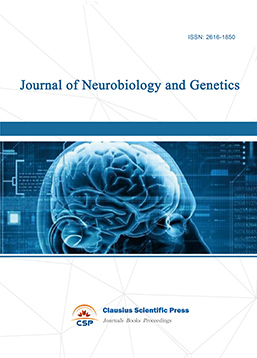
-
Medical Imaging and Nuclear Medicine
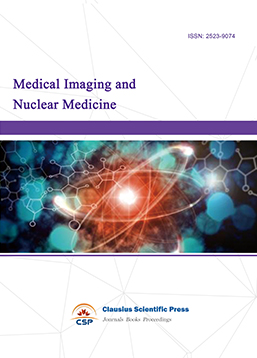
-
Bacterial Genetics and Ecology
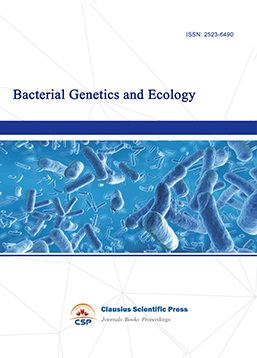
-
Transactions on Cancer

-
Journal of Biophysics and Ecology
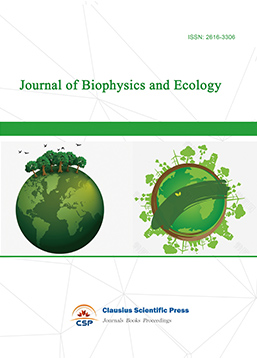
-
Journal of Animal Science and Veterinary
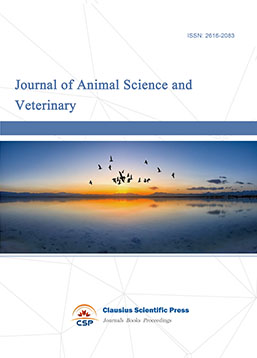
-
Academic Journal of Biochemistry and Molecular Biology
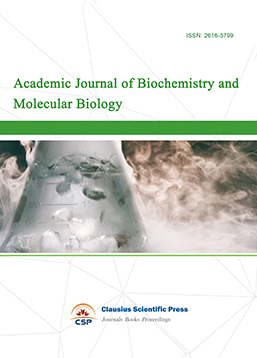
-
Transactions on Cell and Developmental Biology
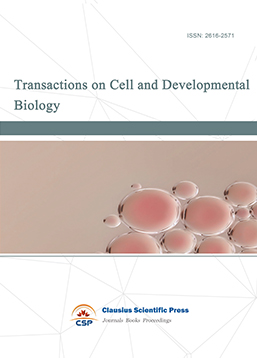
-
Rehabilitation Engineering & Assistive Technology
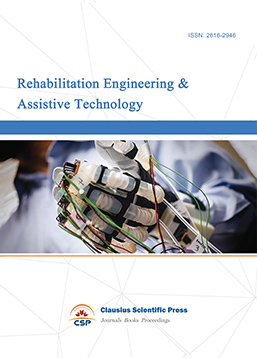
-
Orthopaedics and Sports Medicine
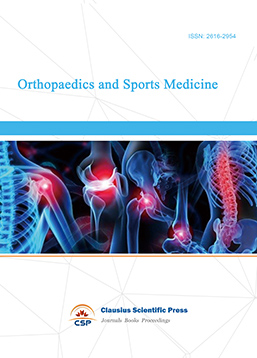
-
Hematology and Stem Cell
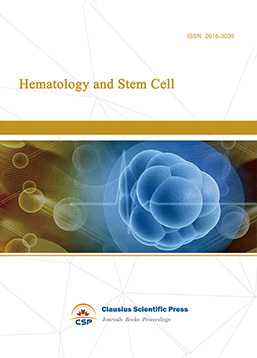
-
Journal of Intelligent Informatics and Biomedical Engineering
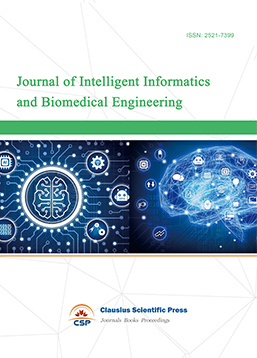
-
MEDS Basic Medicine
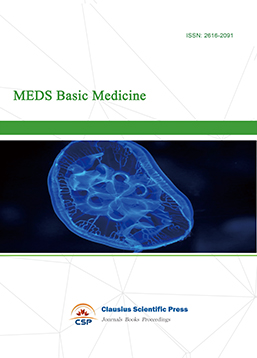
-
MEDS Stomatology
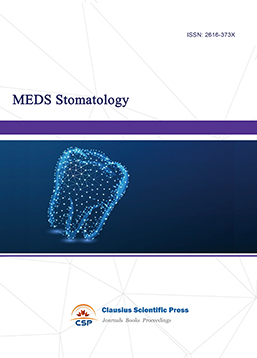
-
MEDS Public Health and Preventive Medicine
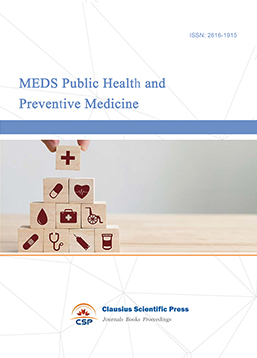
-
MEDS Chinese Medicine
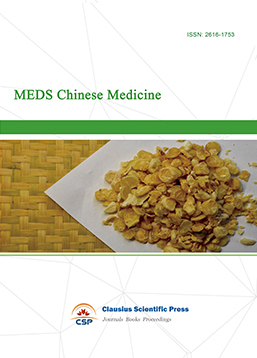
-
Journal of Enzyme Engineering
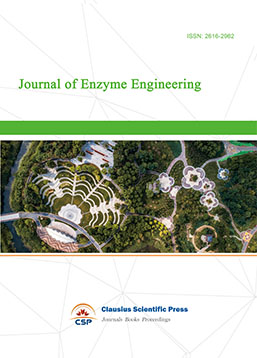
-
Advances in Industrial Pharmacy and Pharmaceutical Sciences

-
Bacteriology and Microbiology
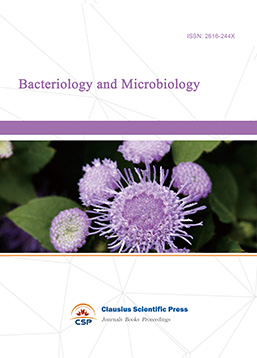
-
Advances in Physiology and Pathophysiology
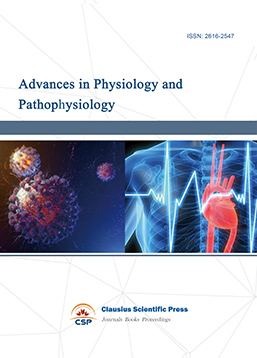
-
Journal of Vision and Ophthalmology
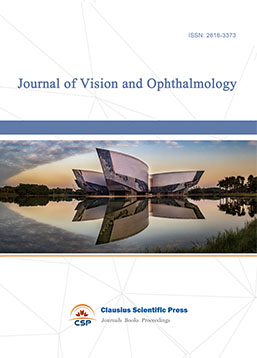
-
Frontiers of Obstetrics and Gynecology
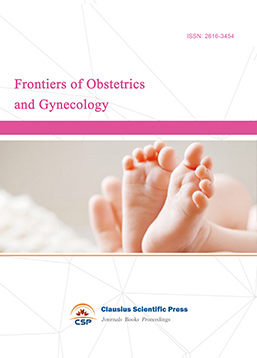
-
Digestive Disease and Diabetes

-
Advances in Immunology and Vaccines

-
Nanomedicine and Drug Delivery
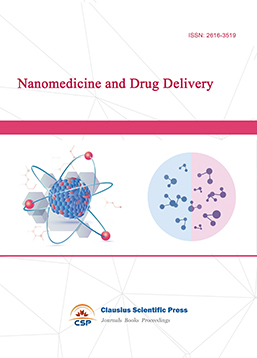
-
Cardiology and Vascular System

-
Pediatrics and Child Health

-
Journal of Reproductive Medicine and Contraception
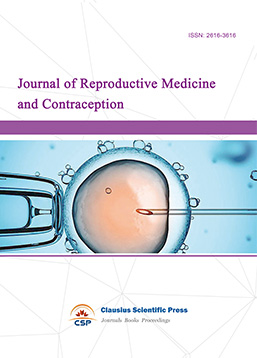
-
Journal of Respiratory and Lung Disease
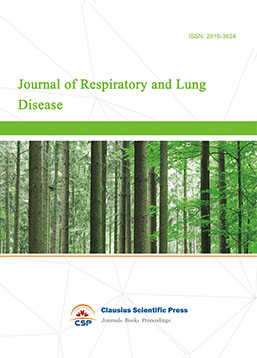
-
Journal of Bioinformatics and Biomedicine
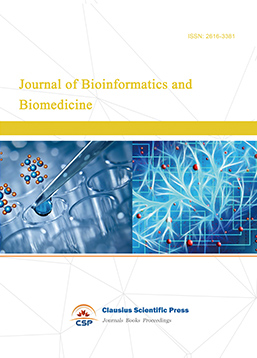

 Download as PDF
Download as PDF